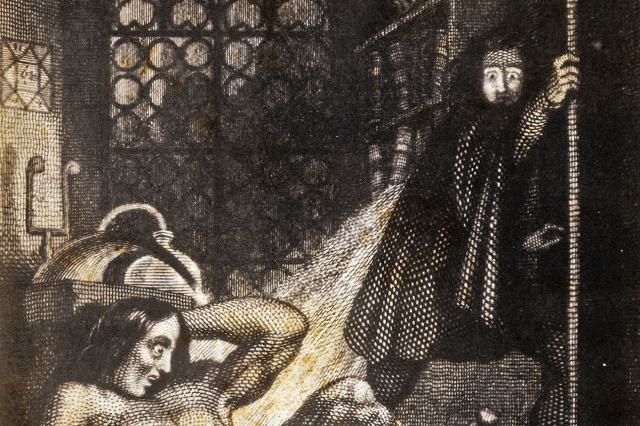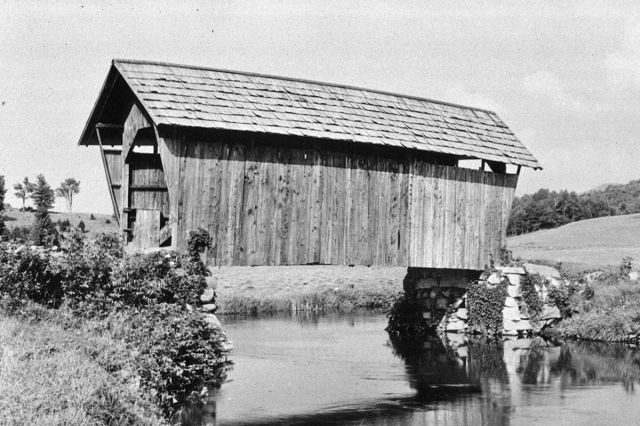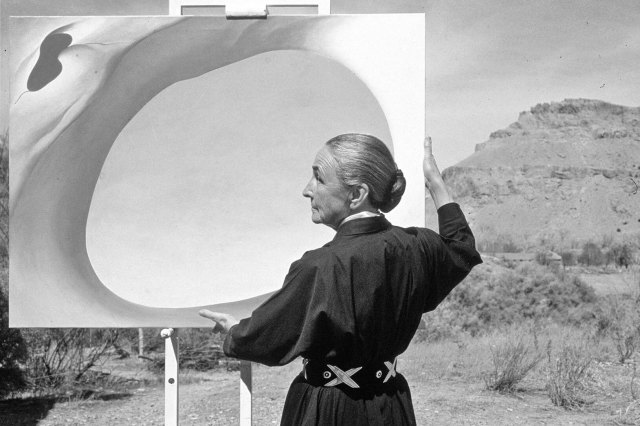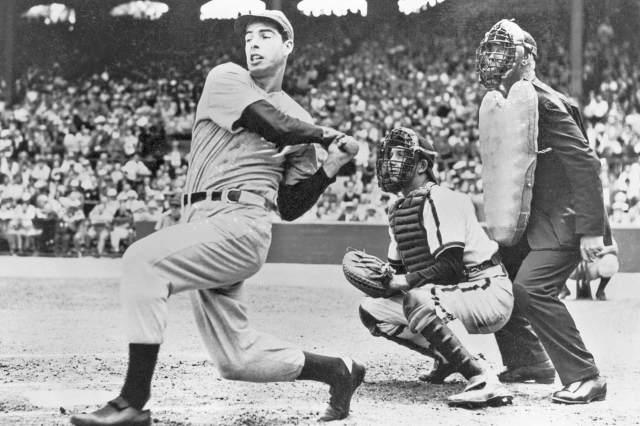It’s Alive! A Brief History of “Frankenstein”
Mary Shelley’s gothic horror novel Frankenstein; or, The Modern Prometheus was published in 1818, and is widely considered to be the first science fiction novel. Written in the form of letters, Frankenstein depicts the story of Victor Frankenstein, a brilliant scientist who creates an unnamed monster out of dismembered body parts. Horrified by his creation, Frankenstein agonizes over what he has done as the monster escapes and runs amok. While many adaptations depict Frankenstein’s monster as malevolent, Shelley’s novel portrays him as an intelligent and articulate creature who is driven to extremes by his creator’s cruel rejection.
Shelley’s novel has spawned numerous adaptations in comics, books, theater, film, and TV, many of which are beloved in their own right. For a look back at this seminal novel, here’s a brief history of Frankenstein.
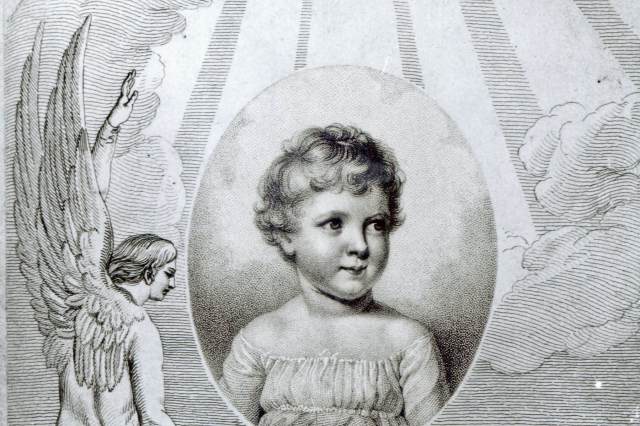
Shelley’s Tumultuous Childhood
Like the story of Frankenstein, Mary Shelley’s childhood was marred by death, grief, and scandal. She was born in 1797 in London to notable parents: Her mother was Mary Wollstonecraft, a trailblazing writer and feminist activist, and her father was William Godwin, a radical philosopher and journalist. Shelley’s mother died soon after her birth, and Shelley clashed with her stepmother, Mary Jane Clairmont, as an early teen.
While Shelley did not have a formal education, she grew up in an intellectually stimulating environment; her parents’ social circle included famous writers and intellectuals such as Thomas Paine, William Blake, and William Wordsworth. Shelley also took joy in exploring her father’s extensive library, often reading and writing poems and stories in solitude.
In 1814, a 16-year-old Shelley eloped to France with the English poet Percy Shelley — a married man at the time — and was subsequently disowned by her family. Percy and Mary encouraged each other’s writing and had several children, only one of whom survived to adulthood. It was on a fateful trip with Percy and some friends that Shelley came up with the idea for Frankenstein.
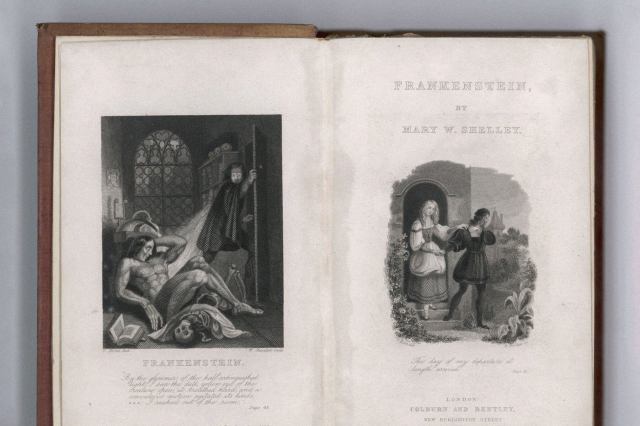
The Birth of Frankenstein
Shelley started writing Frankenstein in 1816 — a year during which Europe was beset by a mysterious darkness, terrible rainstorms, and crop failures, dubbed the “year without a summer.” (It was only in the 1960s that scientists linked this sudden shift in global climate to a catastrophic volcanic explosion in Indonesia in 1815.) It was in these dark conditions that Shelley took a vacation to Lake Geneva, Switzerland, accompanied by Percy and their son Percy Florence, as well as the poet Lord Byron, Mary’s stepsister Claire Clairmont, and Byron’s physician, John William Polidori. Holed up inside for days due to the horrible weather, the group entertained themselves with ghost stories and discussions of macabre topics such as galvanism, the idea that electricity could stimulate life. Though by her own account, Shelley did not participate except as a silent listener, the concepts discussed took root in her mind and played a part in inspiring her novel.
One night, Byron challenged everyone to write a ghost story that was better than those they had been reading. Soon after, Shelley had a vivid vision during a sleepless night: “I saw the pale student of the unhallowed arts kneeling beside the thing he had put together. I saw the hideous phantasm of a man stretched out, and then, on the working of some powerful engine show signs of life and stir with an uneasy, half-vital motion,” she recounted. Thus, Frankenstein was born.












